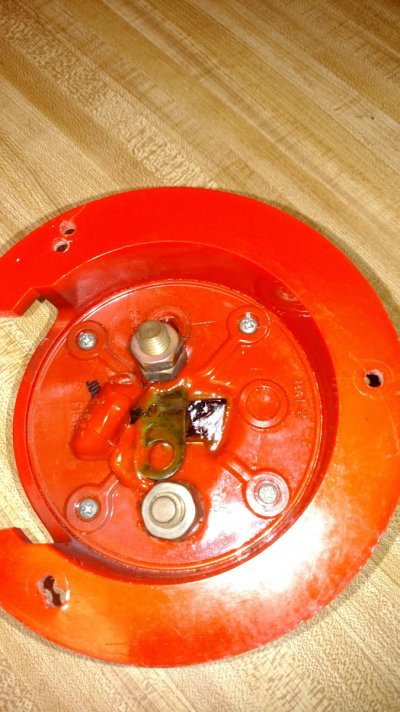Scary
Guru
Stopped the boat after Thanksgiving weekend and no lights. Checked my battery monitor and only 1 red light. Checked the inverter and monitor states absorb charging no amperage. So I kicked on my backup 50amp Lamarche charger and the monitor shows positive 35amps. Magnum inverter still shows absorb charging no amperage. I check the inverter output and no current. So I kick the breaker off to the inverter and back on. Inverter monitor goes through, dead battery, bulk charging no amperage to absorb charging no amperage. What next, down in the engine room to turn the battery switch on an off to the inverter and check out put breakers. The Guest battery switch is stiff and possibly welded internally, after substantial force I get the knob to turn but I think the shaft may have broken in the switch. The breakers are not tripped. After three days of charging with the Lamarche 50 amp charger and the battery monitor indicates 3 and sometimes four lights. Still the inverter indicates absorb charging no amperage. Down in the engine room with a hydrometer, all four 8d house batteries show very low readings, basicly all have failed. The battery boxes and the tops of the batteries have water on them and in the bottom of the boxes. We apparently had a power failure during the 24 deg cold snap that lasted six hours or so. As a side note the two 8D start batteries that were installed at the the same time check out fine with the hydrometer and were able to start both engines in the cold weather with no problem. They are not ghost charged with the house bank. Is it likely that the Magnum inverter went crazy after the power outage and cooked the house bank. All the batteries are five years old and the same brand. All the cables were replaced and still in excellent condition. The Magnum inverter is capable of 125 amps during bulk charging. Any Ideas ?
Last edited:


